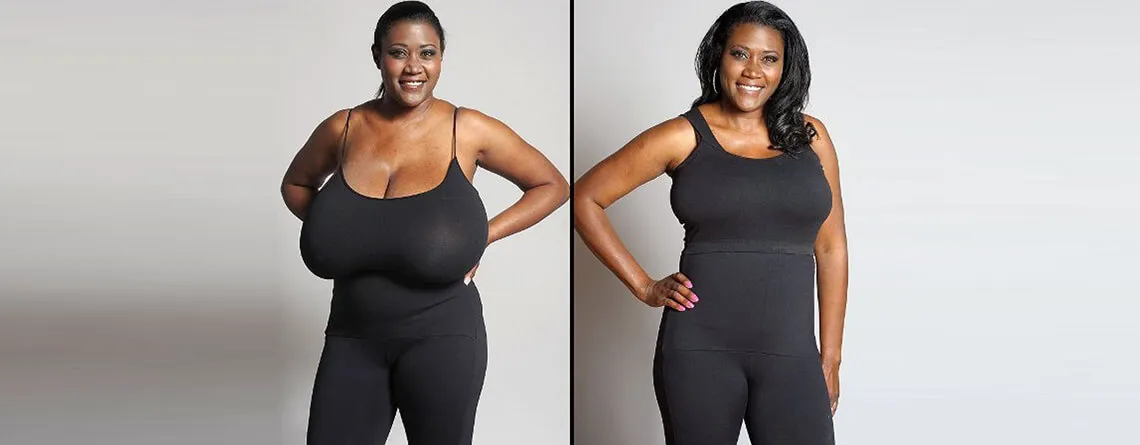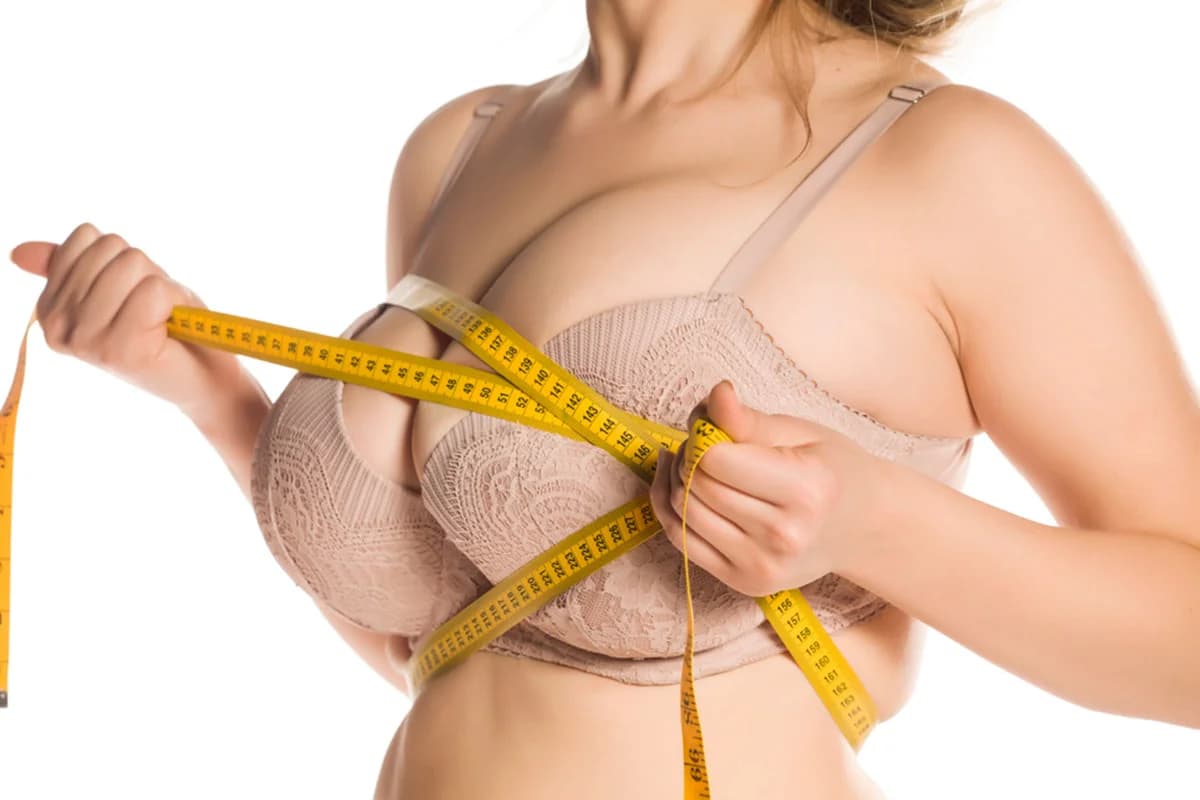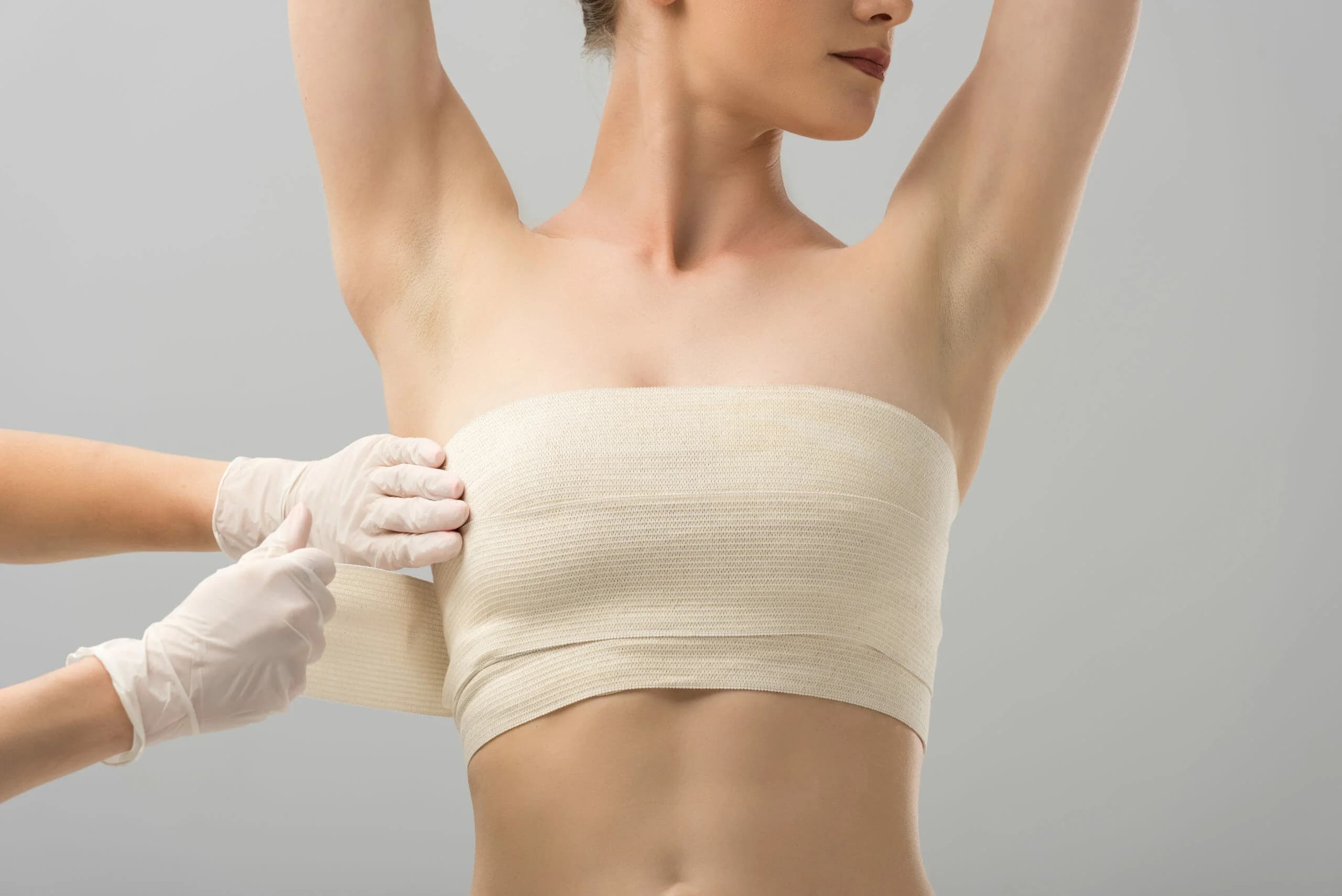A breast reduction (reduction mammoplasty) surgery reduces the size of your breasts by removing fat, skin, and other tissues. You may consider a breast reduction to reduce neck or back pain and increase self-esteem.
What is breast reduction?
Breast reduction surgery is a plastic surgery that removes breast fat, tissue, and skin to achieve a breast size more comfortable for you. Not only does this surgery improve your self-image, but it also improves your sense of well-being. In breast reduction surgery, your surgeon removes breast fat, tissue, and skin to achieve a breast size that’s more comfortable for you. Breast reduction surgery can be performed at any age, even as a teenager. But you should keep in mind, that if the breasts are not fully grown, you may need a secondary surgery later in life.

Types of Breast Reduction Surgery
Breast reduction surgery, also known as reduction mammaplasty, is a procedure that can significantly improve the quality of life for individuals with large breasts. Here are some reasons why people consider breast reduction:
Physical Discomfort: Large breasts can strain the back, neck, and shoulders, leading to discomfort and pain. The weight of heavy breasts can cause indentations on the shoulders due to bra straps. The skin underneath and between the breasts can become irritated, leading to rashes and discomfort. Compression of nerves can result in pain and tingling sensations.
Functional Limitations: Engaging in sports, exercise, or other physical activities can be challenging due to breast size. Finding well-fitting bras and clothing becomes difficult with excessively large breasts.
Psychological Distress: Some individuals experience low self-esteem or depression related to their breast size. Large breasts may negatively impact body image and self-confidence.
Hygiene and Skin Health: The skin folds under the breasts can trap moisture, leading to fungal or bacterial infections. Proper hygiene becomes more challenging with large breasts.
Cosmetic Concerns: While breast reduction is primarily performed for health reasons, some people choose it for cosmetic purposes. Cosmetic breast reduction aims to improve appearance by making the breasts smaller and more lifted.
Before undergoing breast reduction, it's essential to discuss your goals, expectations, and potential risks with a qualified surgeon. Remember that significant reduction can alter breast shape, and scarring is inevitable. However, for many individuals, breast reduction provides relief from physical discomfort and improves overall well-being.
Who Needs Breast Reduction Surgery?
A breast reduction surgery may be the right choice for those with large breasts that are experiencing:
Chronic back, neck, and shoulder pain
Shoulder grooves from bra straps
Chronic rash or skin irritation under the breasts
Nerve pain
Not being able to take part in some activities
Poor self-image due to large breasts
Trouble fitting into bras and clothing
You may choose to postpone your breast reduction surgery if you:
Plan to have children: Breastfeeding might be challenging after breast reduction surgery.
Plan to lose weight: Losing weight can often result in changes to breast size.
Breast Reduction Advantages
Breast reduction surgery offers several advantages for individuals considering this procedure. Let's explore some of the key benefits:
Physical Comfort and Pain Relief: Large breasts can strain the back, neck, and shoulders, leading to chronic discomfort. Breast reduction alleviates this pain by making the breasts smaller and lighter. Heavy breasts can negatively impact posture. By reducing breast size, patients often experience better posture and reduced strain on their upper body.
Psychological Well-Being: Large breasts can cause emotional distress, affecting self-esteem. Breast reduction can improve body image and boost confidence. Individuals experiencing low self-esteem or depression due to breast size may find relief after the surgery.
Functional Benefits: Engaging in sports, exercise, or daily activities becomes easier with smaller breasts. Finding well-fitting bras and clothing is simpler after breast reduction.
Cosmetic Improvements: Breast reduction enhances breast shape, making it more proportional to the body. Often performed during the same procedure, areola reduction contributes to perkier, more youthful-looking breasts.
Health Considerations: Smaller breasts reduce skin folds and minimize the risk of rashes and infections. Grooves caused by bra straps on the shoulders are alleviated with breast reduction. Some studies suggest that breast reduction may lower the risk of breast cancer.
Remember that breast reduction surgery involves scarring and potential changes in nipple sensation. However, for many individuals, the benefits far outweigh these considerations. Consult with a qualified surgeon to discuss your specific needs and expectations before undergoing breast reduction.
What happens during a breast reduction consultation?
Before undergoing breast reduction surgery, patients will be given a preoperative consultation. During this, your doctor will ask about your medical history, any medications you take, your allergies, if you are a smoker, and your prior surgeries. Your surgeon will also need specific information regarding pregnancy and lactation, mammograms, personal or family history of any breast problems, and any history of breast lumps or biopsies. Afterward, your surgeon will measure your breasts and even take a few pictures. You should discuss the final result you are hoping to achieve. After your surgeon explains your surgery plan and your recovery, they may prepare you for this procedure by performing a mammogram and breast exam.

Breast Reduction Surgery
A breast reduction surgery takes around 2-5 hours, even longer in some cases. Depending on the size of your breasts, how much tissue needs to be removed, and how you’d want to look, your surgeon could use these methods:
Liposuction: The surgeon will make small cuts in your skin and insert a thin tube connected to a vacuum that suctions fat and fluids from your breast. This option is best for small reductions and for people whose skin will “snap back” into place.
Vertical or “lollipop”: This method is for moderate breast reductions and visible sagging. The surgeon will make cuts around your areola and down to the crease beneath your breast, remove extra tissue and fat, reshape the breast, and lift it.
Inverted-T or “anchor”: The surgeon will make cuts around the edge of the areola, from the areola to the breast crease, and along the crease underneath the breast. This type of surgery is best for large reductions and for people who have a lot of sagging or unevenness.
What are the risks of breast reduction surgery?
Breast reduction surgery has the same risks as other major surgeries — bleeding, infection, and a bad reaction to the anesthesia. Other possible risks include:
Temporary bruising
Scarring
Difficulty or inability to breastfeed
Differences in the size, shape, and look of the left and right breasts
Not being happy with the results
Rarely, losing the nipples and skin around the nipples or the feeling in them

How’s the recovery process following a breast reduction surgery?
Recovery from breast reduction surgery will take 2-6 weeks for full recovery. You should keep in mind; that you’ll need help getting around for the first 2-3 weeks. Avoid stretching, strenuous exercise, and heavy lifting for up to 6 weeks after the operation. You will be given a surgical bra and are expected to have it on for at least 3 months after breast surgery. The length of time you need to keep the dressings on depends on how quickly your wounds heal. Stitches will need to be removed after a week or 2 unless they're dissolvable.
Does breast reduction surgery leave scars?
You'll probably have scars around your nipples. Depending on the type of surgery you had, you may also have a vertical scar running down your breast and a horizontal scar across the crease, below the breast (anchor-shaped). Or you may only have a vertical scar running down your breast. Your surgery scars will mostly face over time and be invisible under normal clothes, bras, and bikini tops.
Conclusion
In conclusion, breast reduction surgery offers a range of benefits for individuals struggling with the physical and emotional challenges posed by large breasts. By reducing breast size, patients experience relief from chronic pain, improved posture, and enhanced self-esteem. The procedure not only addresses functional limitations but also contributes to better overall well-being. While it's essential to consider potential scarring and changes in nipple sensation, many find that the positive outcomes far outweigh these concerns. Consulting with a qualified surgeon and discussing individual goals and expectations is crucial before embarking on this transformative journey.
Read more: